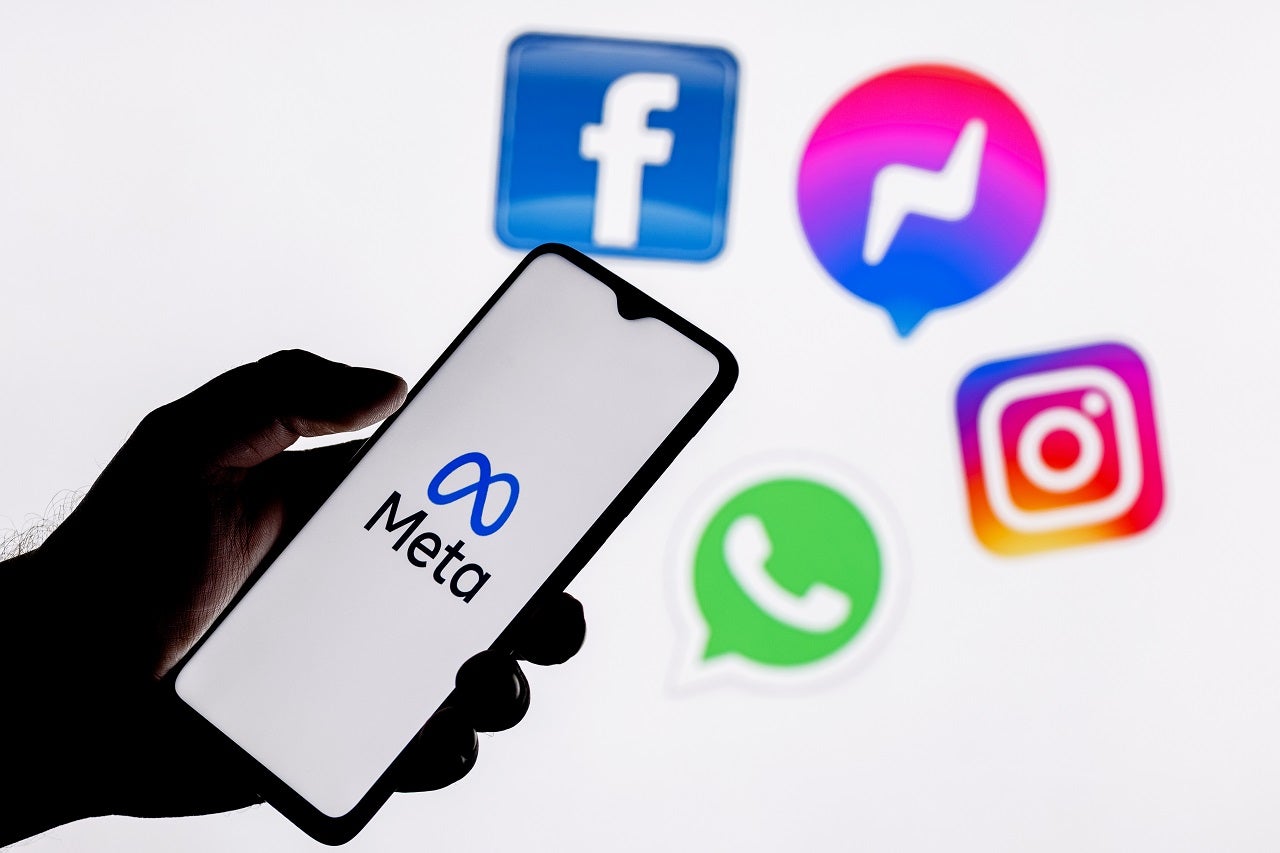Meta is rolling out Meta Verified, a paid subscription for content creators, which could offset reductions in its advertising revenue. After a series of cost-cutting measures, the company is turning to a subscription model, a move similar to the Twitter Blue subscription. While the move could be beneficial for content creators looking to increase their reach and visibility, Meta needs to focus on user experience to increase engagement and retain users. Also, its success will depend upon how much users are willing to pay.
Improved impersonation protection and customer support
Meta is testing its monthly subscription on Instagram or Facebook for $11.99 on the web and $14.99 on iOS and Android. The subscription is currently available for people in Australia and New Zealand older than 18 years and not for businesses. To get a verified badge, users must provide a government ID and meet minimum activity requirements on their accounts. To gain extra impersonation protection, and direct access to customer support, users of Facebook and Instagram would need two different subscriptions. This adds to the costs of a service that is already becoming less popular among young users. Such subscriptions could alienate young users even more.
The challenging macroeconomic environment is forcing a rethink
The challenging macroeconomic environment has forced social media companies to rethink their strategy and look for additional revenue streams as their advertising revenues decline due to spending cuts. For instance, as a result of its declining revenue, Snap launched Snapchat Plus, a $3.99 monthly subscription, in June 2022.
Meta’s average price per ad declined by 16% year-on-year (YoY) in 2022 owing to changes in Apple’s iOS privacy policy, which reduced Meta’s and other iOS developers’ ability to target and measure advertising. As a result, Meta is taking several actions, including scaling back budgets, reducing its office footprint, and terminating several data centre projects, to streamline its costs. As part of its cost reduction efforts, it also laid off around 11,000 employees in December 2022. Meta’s CEO, Mark Zuckerberg, declared 2023 as the “Year of Efficiency”, which could mean the company will continue to streamline costs and deprioritise projects.
Advertising spend will continue to slow in 2023
According to GlobalData’s Thematic Intelligence: Tech, Media, & Telecom Predictions 2023 report, with a global recession looming in 2023, companies will continue to cut advertising spending. Meta has neglected its core advertising business model, instead investing vast sums of money into the metaverse, a product that still does not fully exist. Meta’s over-exposure to the metaverse has already negatively affected shareholder confidence and will continue to do so in 2023.
With slowing advertising spend, Meta is focusing on diversifying its revenue streams through a paid subscription model, though advertising will remain its largest source of revenue.

US Tariffs are shifting - will you react or anticipate?
Don’t let policy changes catch you off guard. Stay proactive with real-time data and expert analysis.
By GlobalDataMeta Verified could keep away young users
Meta Verified will allow Facebook and Instagram users to gain a verified badge, providing improved authenticity and security. Although Meta’s eligibility criteria of one form of government ID will keep fake users away to an extent, the company must ensure user data privacy, an area in which Meta has always been in the spotlight.
The company’s paid subscriptions could help boost revenues to an extent, but the company needs to focus on user experience to increase engagement and retain users in the long term. Additionally, users of Facebook and Instagram would need two different subscriptions, which could make the platforms less popular among young users who do not have much disposable income. By paying for the service, content creators can get impersonation protection, which could protect against the misuse of their brands or accounts. However, increased impersonation protection would also be costly to put in place and would put extra pressure on the limited resources that are already used to monitor misinformation on the platform.









